GPCR/G protein

All GPCRs share a common seven trans-membrane structure. GPCRs are associated with heterotrimeric G-proteins which are GTP-binding proteins made of alpha, beta, and gamma subunits. When a ligand binds to GPCR, it activates the attached G-protein, the GDP is replaced with GTP. The activated G-protein then dissociates into an alpha and a beta-gamma complex which activates downstream signaling pathways. These intracellular signaling pathways include cAMP/PKA, calcium/NFAT, phospholipase C, protein tyrosine kinases, MAP kinases, PI-3-kinase, nitric oxide/cGMP, Rho, and JAK/STAT.
GPCRs are one of the most important therapeutic targets for various diseases, over 30% of all modern medicinal drugs target this family. Aberrant GPCR functions are involved in pathological conditions such as neurological, immunological and hormonal disorders. A large number of GPCRs have been identified, but whose ligands are not known, are classified as orphan receptors.
-
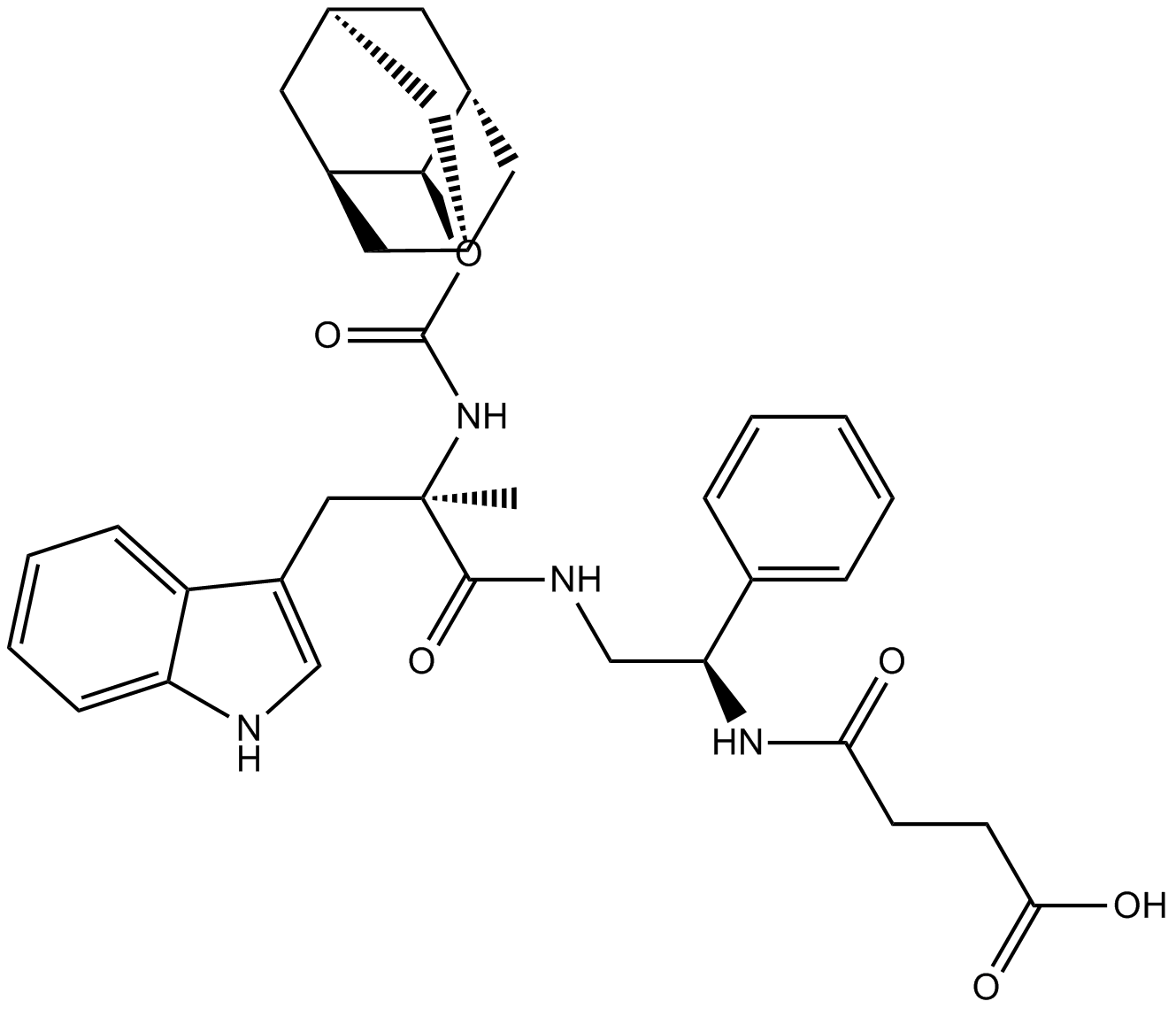 B7126 CI 988Summary: CCK2 (CCK-B) receptor antagonist
B7126 CI 988Summary: CCK2 (CCK-B) receptor antagonist -
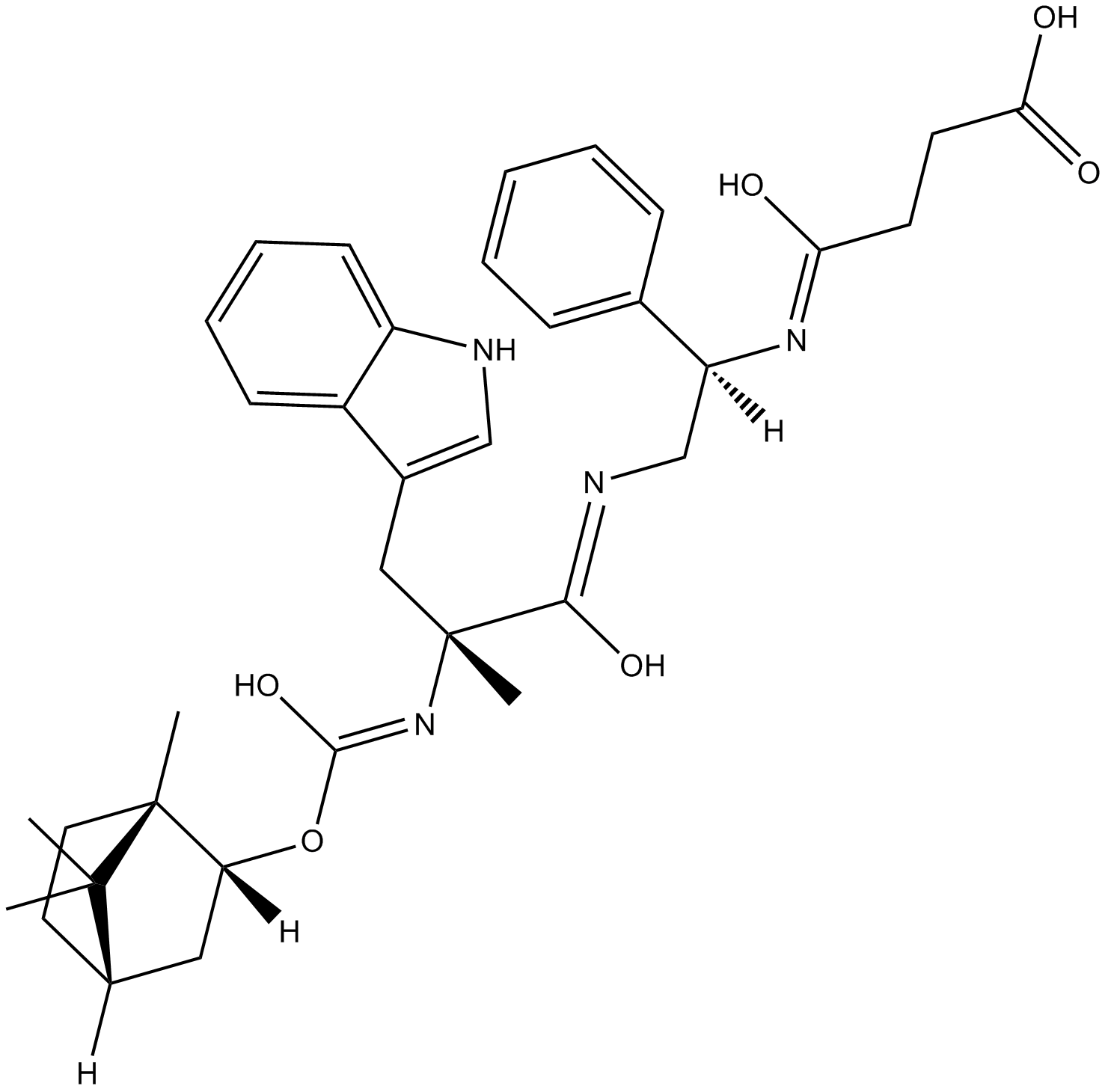 B7127 PD 135158Summary: CCK2 receptor antagonist
B7127 PD 135158Summary: CCK2 receptor antagonist -
 B7132 ST 91Summary: α2-adrenoceptor agonist
B7132 ST 91Summary: α2-adrenoceptor agonist -
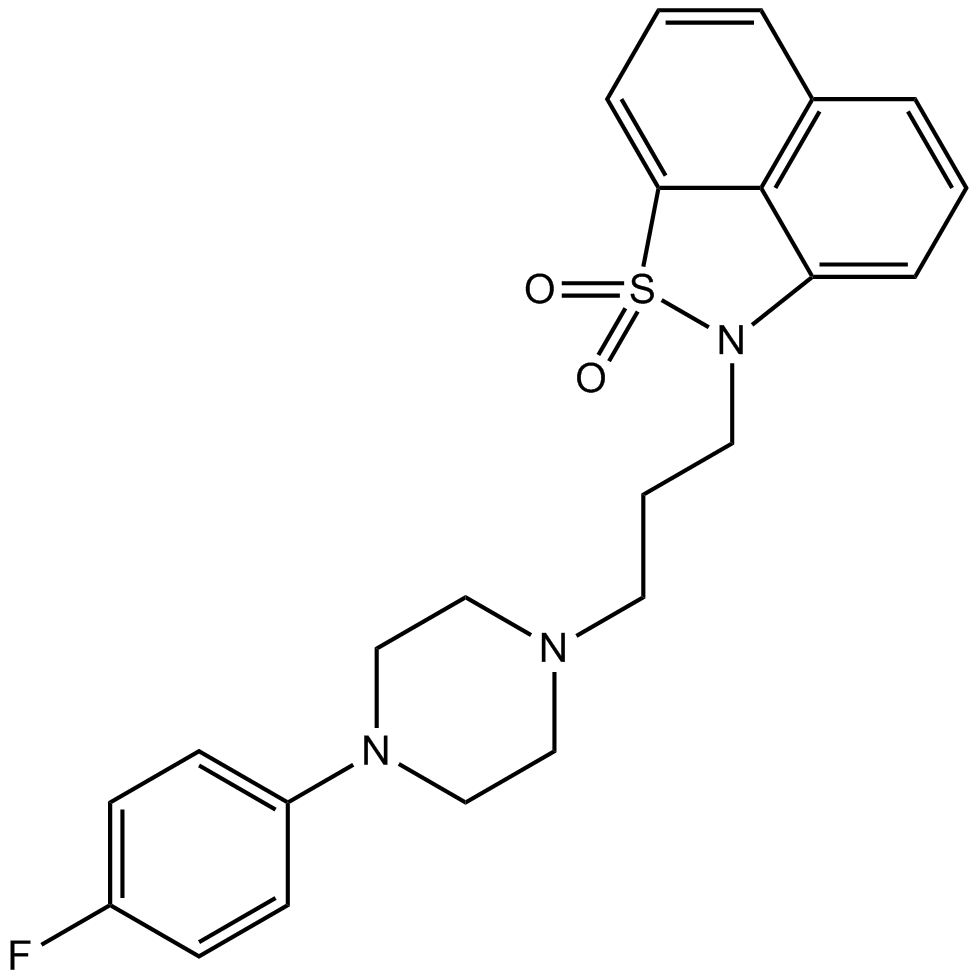 B7136 FananserinSummary: 5-HT2A receptor antagonist
B7136 FananserinSummary: 5-HT2A receptor antagonist -
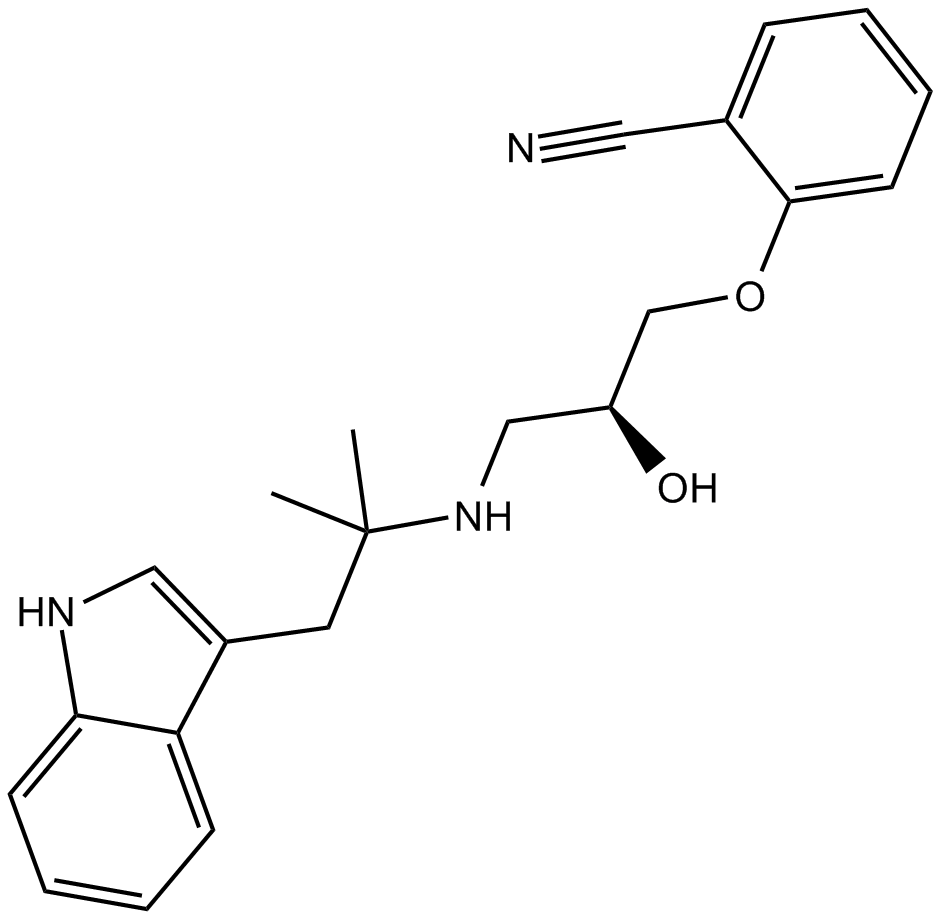 B7141 BucindololSummary: beta adrenergic blocker
B7141 BucindololSummary: beta adrenergic blocker -
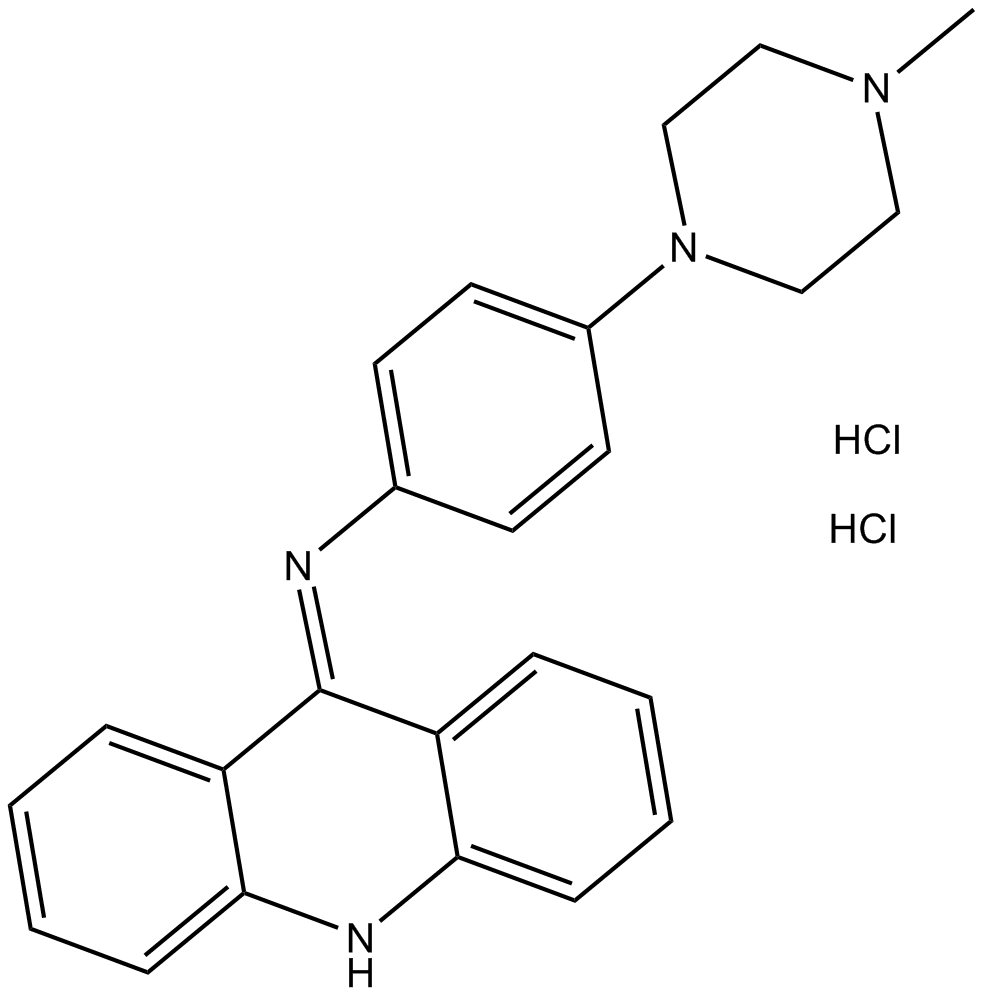 B7147 JP 1302 dihydrochlorideSummary: α2C-adrenoceptor antagonist
B7147 JP 1302 dihydrochlorideSummary: α2C-adrenoceptor antagonist -
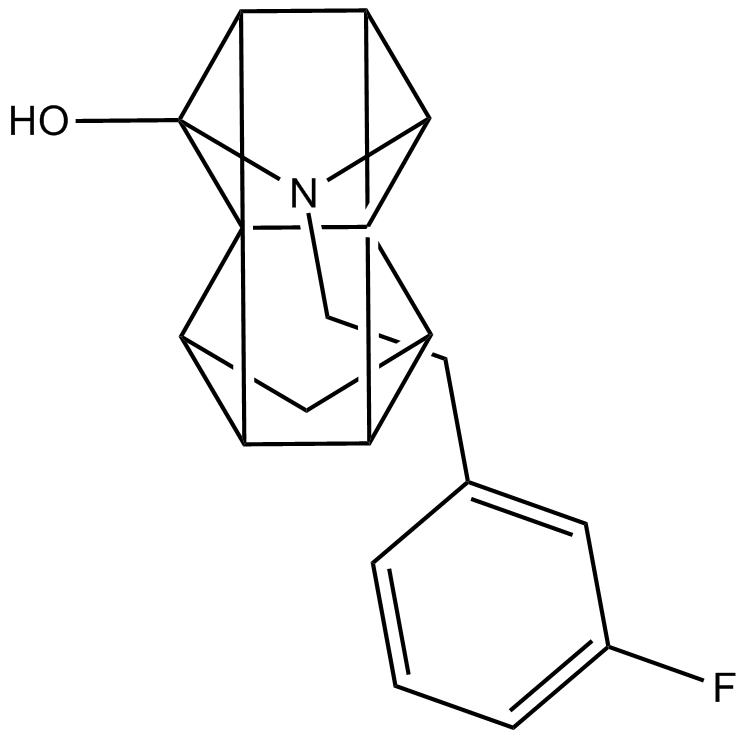 B7148 TC 1Summary: σ1 receptor ligand
B7148 TC 1Summary: σ1 receptor ligand -
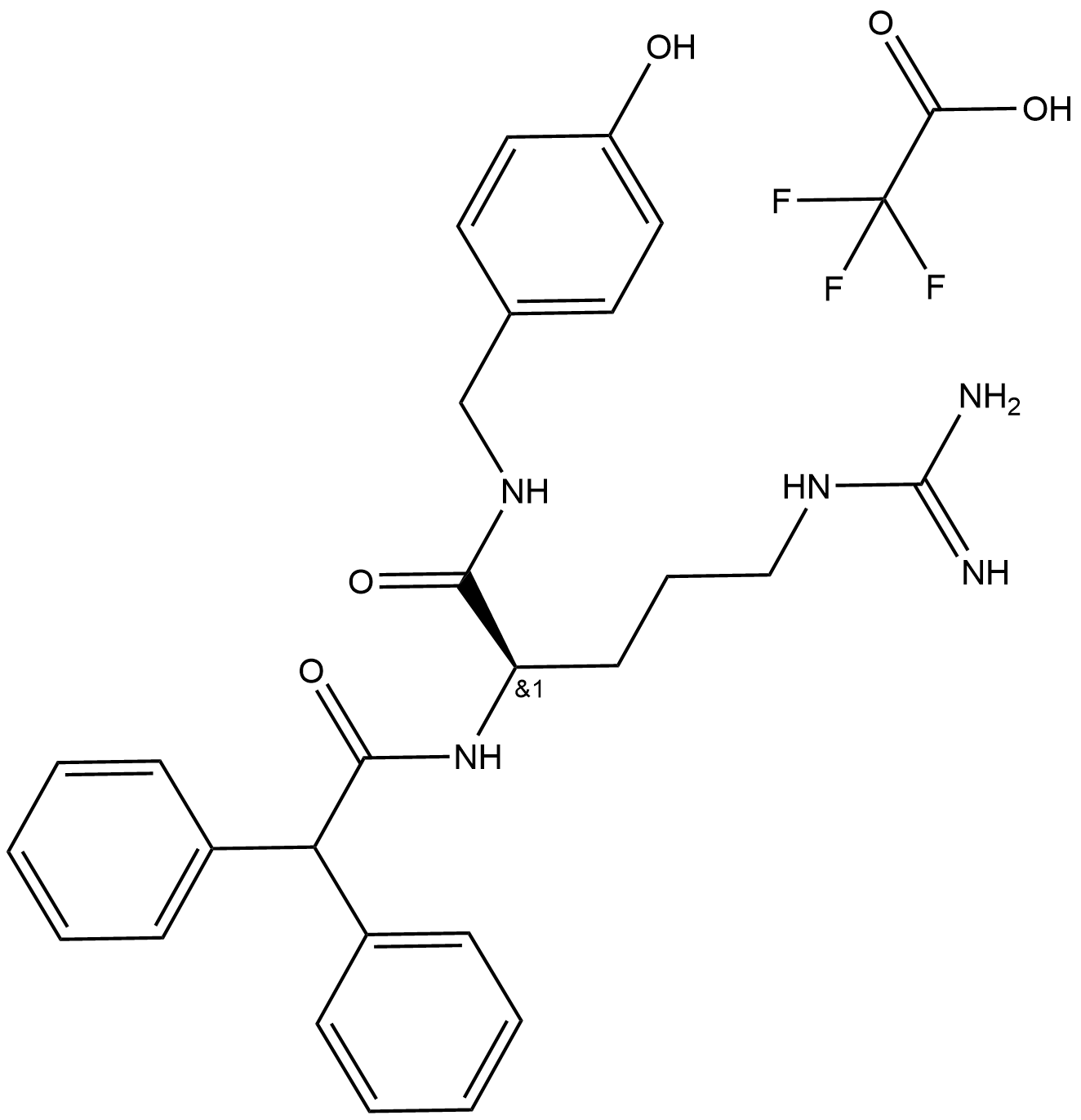 B7155 BIBP 3226 trifluoroacetateTarget: NPY Receptors|NPFF receptorSummary: Mixed NPY Y1 and NPFF receptor antagonist
B7155 BIBP 3226 trifluoroacetateTarget: NPY Receptors|NPFF receptorSummary: Mixed NPY Y1 and NPFF receptor antagonist -
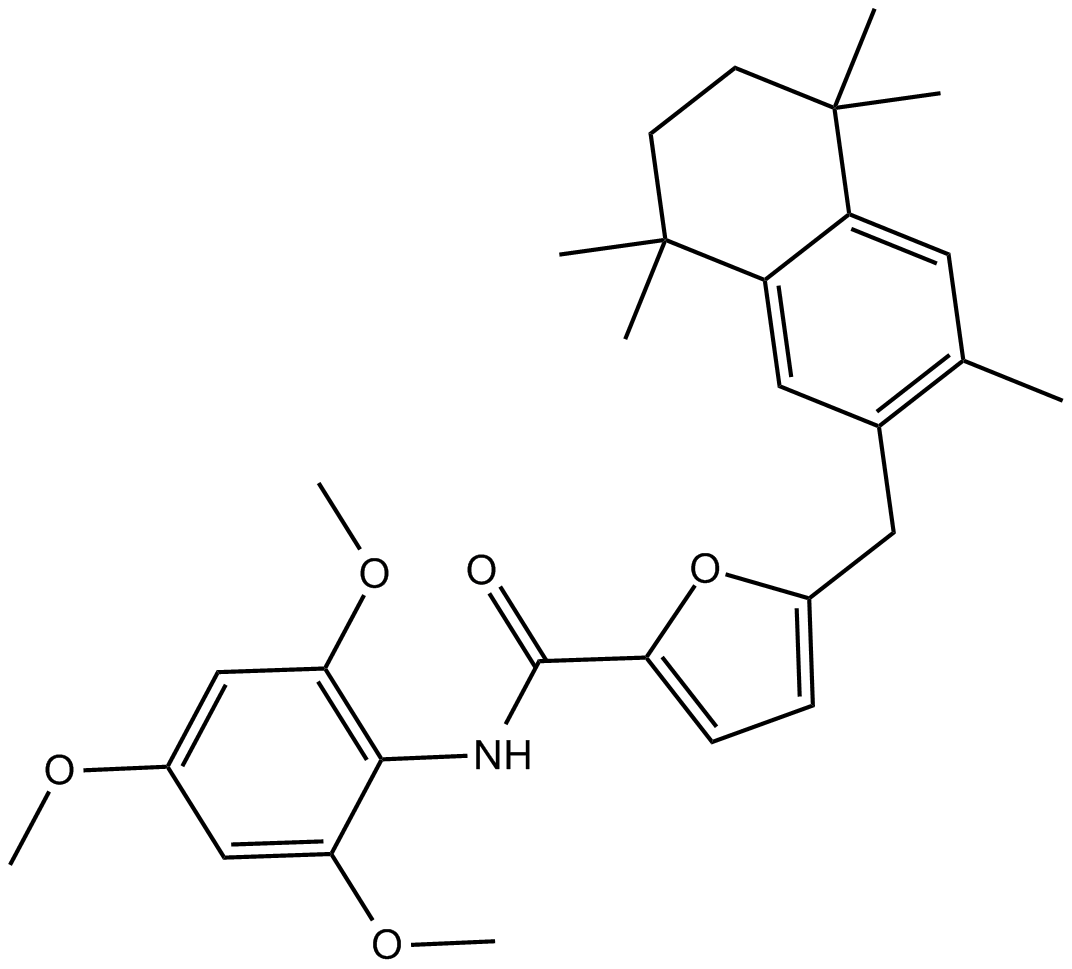 B7163 AG 045572Summary: GnRH antagonist
B7163 AG 045572Summary: GnRH antagonist -
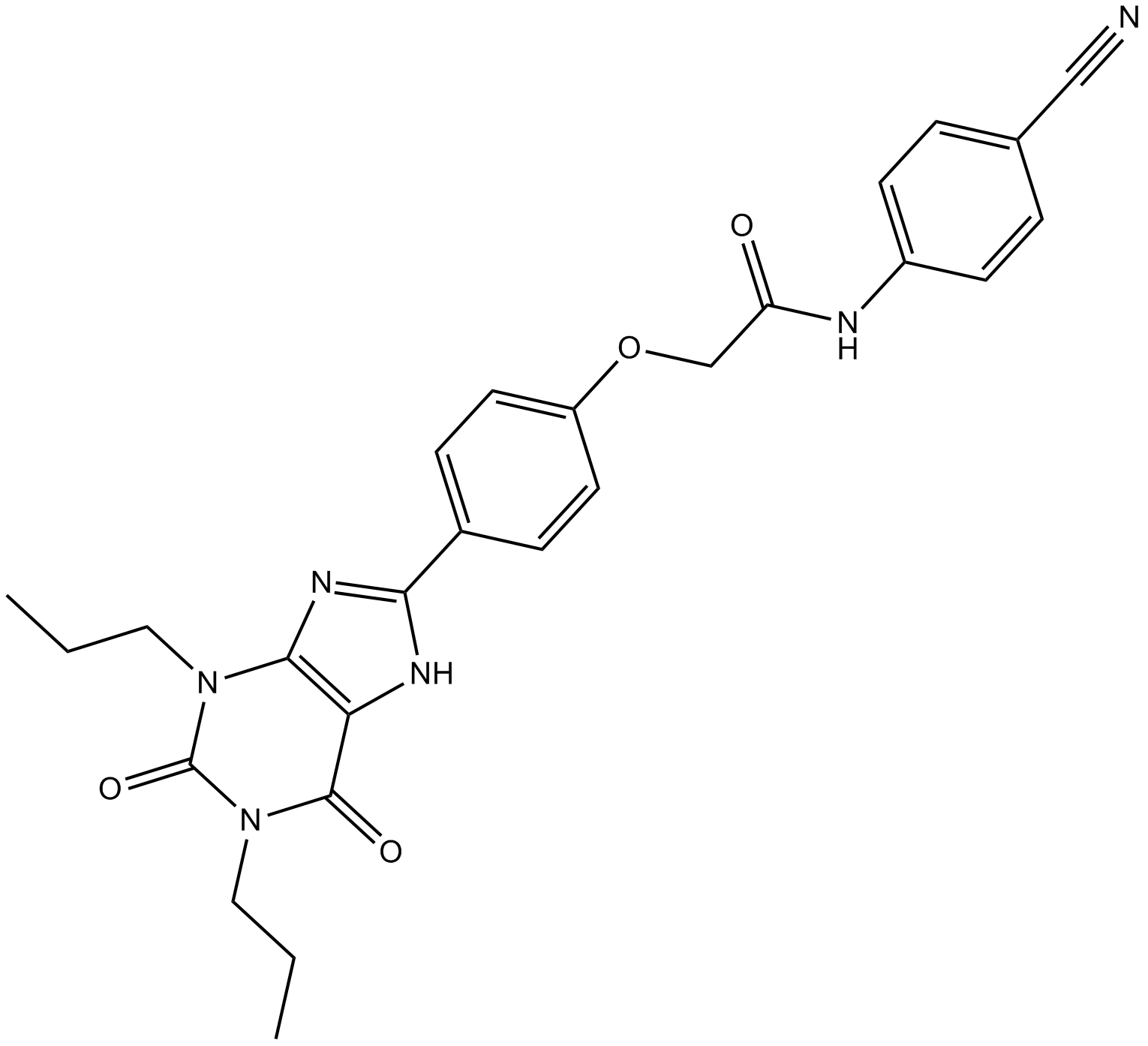 B7173 MRS 1754Summary: adenosine A2B receptor antagonist
B7173 MRS 1754Summary: adenosine A2B receptor antagonist

